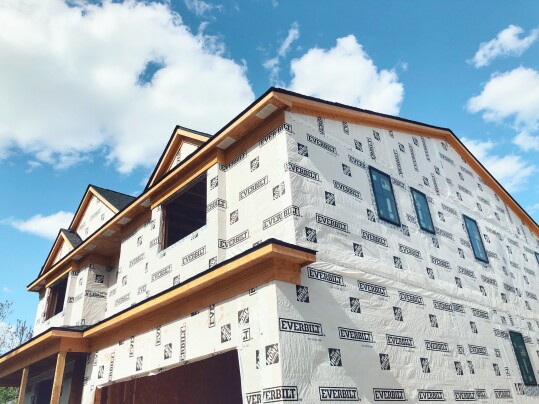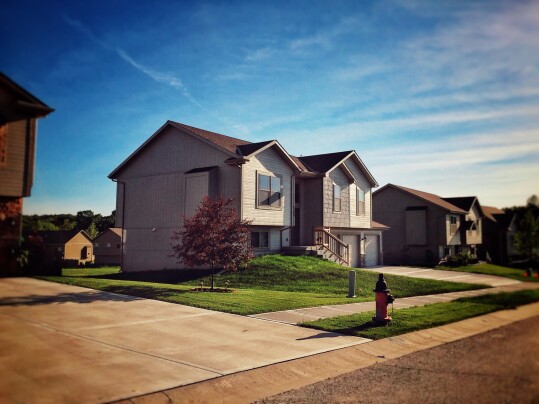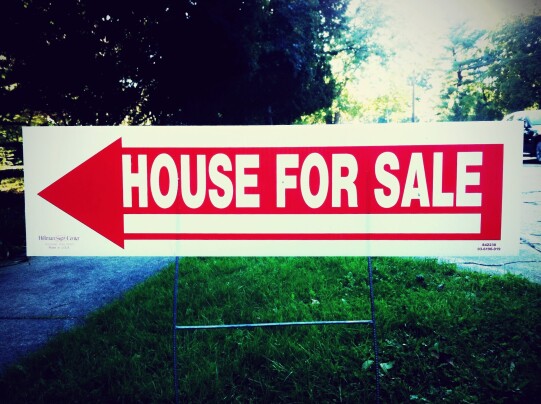According to the Mortgage Bankers Association’s Weekly Applications Survey, average mortgage rates saw a significant decline last week from one week earlier. Rates were down for 30-year fixed-rate loans with both conforming and jumbo balances, loans backed by the Federal Housing Administration, and 15-year fixed-rate loans. Joel Kan, MBA’s vice president and deputy chief economist, says cooling inflation helped lower rates. “Mortgage rates declined last week, as markets responded positively to incoming data showing that U.S. inflation continues to cool,” Kan said. Lower rates led to a 7 percent bump in refinance activity, though demand for loans to buy homes still fell 1 percent despite the improvement. Kan says purchase activity is being held back by low housing supply, which has been an issue for the housing market since before the pandemic. The MBA’s weekly survey has been conducted since 1990 and covers 75 percent of all retail residential mortgage applications. (source)
Archive for July 2023
Average Mortgage Rates See Significant Decline
Builder Confidence Rises For 7th Straight Month
The National Association of Home Builders conducts a monthly survey to measure builders’ confidence in the market for newly built homes. Builders have a unique perspective on the market, since their business depends on knowing when, where, and what buyers want. Because of this, the NAHB’s survey is considered an important indicator of housing market health. In July, the survey found confidence up for the seventh consecutive month. In fact, their Housing Market Index – which is based on survey results – rose one point to 56 on a scale where any number above 50 indicates more builders view conditions as good than poor. Alicia Huey, NAHB’s chairman, says the lack of available homes for sale has been good for the new home market. “The lack of resale inventory means prospective home buyers who have not been priced out of the market continue to seek out new construction in greater numbers,” Huey said. Survey components measuring current sales conditions and buyer traffic both saw increases in July, while the component gauging future expectations saw a slight decline. (source)
Mortgage Credit Availability Eased In June
The standards lenders use to evaluate prospective borrowers aren’t fixed. That means there are times when it’s easier for home buyers to get approved for a loan and times when it’s more difficult. For that reason, the Mortgage Bankers Association keeps a monthly measure of mortgage credit availability. Any increase in their Mortgage Credit Availability Index indicates that lending standards have loosened and borrowers will have an easier time securing financing. A decline means lenders have stricter requirements and borrowers will have to meet higher financial standards before being approved for a loan. In June, the index found credit availability loosened, though the improvement was slight. According to Joel Kan, MBA’s vice president and deputy chief economist, the index remains at a low level due to slower mortgage demand. “Lenders are streamlining their operations by offering fewer loan programs, with some exiting certain channels,” Kan said. “Data from our Weekly Applications Survey indicated that June mortgage applications were more than 30 percent lower than a year ago and at the slowest pace since December 2022.” (source)
Which Region Has The Most Homeowners?
Homeownership is a popular concept. When asked, most Americans say they hope to one day own their own home. So you’d think the homeownership rate would be consistent across the country with the share of the population that owns mostly equal from one region to the next. According to data from the U.S. Census Bureau, though, where you live plays a role in whether you’re more likely to be a renter or a homeowner. In fact, the data shows there’s a pretty significant difference in the homeownership rate from region to region. For example, the Midwest has the country’s highest homeownership rate at 70.3 percent, followed by the South at 67.3 percent. The Northeast and West, on the other hand, have fewer homeowners. The rate in the Northeast is 62.7 percent and, in the West, it’s just 61.9 percent. One obvious reason for the disparity is affordability. The east and west coast are generally more expensive, in addition to being more densely populated. But while that’s true, the West did see the biggest year-over-year increase in homeowners, with a nearly 2 percent gain through the first quarter of this year. (source)
Majority Of Recent Buyers Say They Felt Stress
The home buying process doesn’t have to be stressful. If you have the right team of professionals and set your expectations appropriately, you can buy a house without the anxiety. It’s definitely possible. But since buying a house involves large sums of money and decisions about your future, it’s also totally normal to feel a little on edge. In fact, according to one recent survey, most recent home buyers said they felt stressed during the home buying process. Among respondents, 65 percent said so – with too few homes for sale and shifting mortgage rates among the top factors cited as having had a negative impact. But while it’s true that market challenges and affordability factors can cause headaches for hopeful home shoppers, they certainly haven’t dimmed buyers’ positivity. For example, the same survey found a majority of participants think now is a good time to buy a home. (source)
Demand Increases For Home Purchase Loans
According to the Mortgage Bankers Association’s Weekly Applications Survey, demand for loans to buy homes moved higher last week. In fact, the MBA’s seasonally adjusted Purchase Index was up 2 percent from the week before. The gains came despite rising mortgage rates, which were up across all loan categories including 30-year fixed-rate loans with both conforming and jumbo balances, loans backed by the FHA, 15-year fixed-rate loans, and 5/1 ARMs. Joel Kan, MBA’s vice president and deputy chief economist, says economic data continues to push rates higher. “Incoming economic data continues to send mixed signals about the economy, with the overall impact leaving Treasury yields higher last week as markets expect that the Federal Reserve will need to hold rates higher for longer to slow inflation,” Kan said. Still, improving purchase demand is encouraging, especially as it remains 26 percent lower than at the same time last year. The MBA’s weekly survey has been conducted since 1990 and covers 75 percent of all retail residential mortgage applications. (source)
Number Of Homes For Sale Continues To Run Low
There was a point last year, after mortgage rates increased and buyer demand stalled, when the inventory of homes for sale began to rise. The result was more homes for buyers to choose from and a break from the seemingly never-ending home-price increases. It was short lived, though. In fact, according to Black Knight Financial’s latest Mortgage Monitor, inventory has now fallen in 95 percent of major markets since the start of the year. Andy Walden, Black Knight’s vice president of enterprise research, says most markets are seeing fewer listed homes for sale. “For-sale inventory is moving the other direction in much of the country,” Walden said. “Active listings have deteriorated in 95 percent of major markets so far this year and, overall, we’re still down more than 50 percent from pre-pandemic levels.” Fortunately, new home construction has been improving in recent months, which should help the supply of available homes. But inventory will likely remain low for the foreseeable future, which means home buyers need to prepare for a competitive market. (source)







